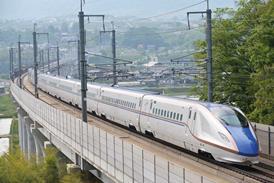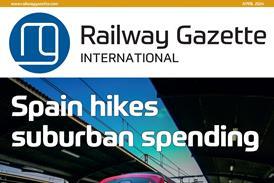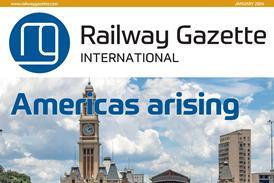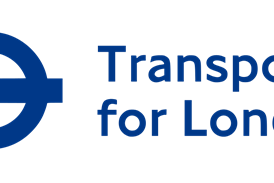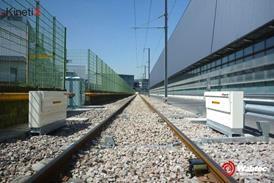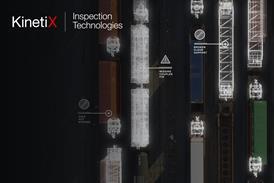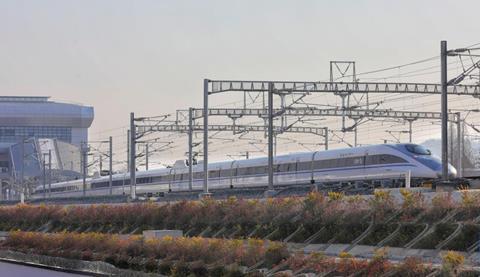
CHINA: Ceremonies on January 8 marked the official opening of the Hangzhou – Shaoxing – Taizhou high speed line, with the simultaneous departure of two trains from Taizhou and Shengzhou Xinchang.

Under construction since 2017, the 267 km inter-city railway in Zhejiang province is the country’s first 350 km/h line to be funded by the private sector through a PPP concession, representing a total investment of almost 45bn yuan. It was one of eight projects selected to demonstrate the potential for private investment in the country’s expanding high speed network, being 51% funded by private capital. The leading investor is Fosun Group which specialises in property development, pharmaceuticals, and retailing.
Services on the line are operated by China Railway, with an initial 35 trains each way per day offering a fastest journey time of 63 min between Hangzhou and Taizhou.
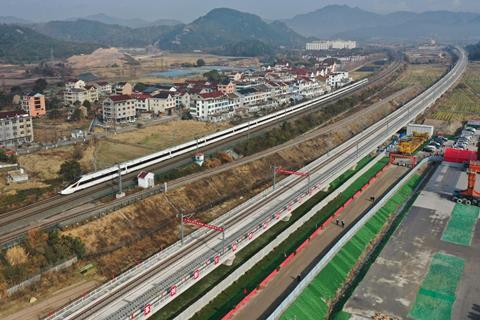
Three more lines
The opening follows the inauguration of three other high speed lines totalling almost 700 route-km at the end of December, which took the total length of the country’s high speed network to more than 40 000 route-km, up from 37 900 km at the end of 2020. According to state media, more than 4 000 km of new railway was put into service during in 2021, of which half has been designed for high speed operation.
December 26 saw the start of revenue service on the Qufu – Zhuangzhai section of the east-west corridor through Shandong province, linking Zhengzhou with the coastal city of Rizhao. This 199 km section of 350 km/h line connects Zhuangzhai station in Heze with the Beijing – Shanghai corridor at Qufu. Through services connect Heze to the provincial capital Jinan in 1 h 23 min, while Heze – Beijing is reduced to under 3 h, cutting the journey time by 2 h.

Four days later, services began running on the 176 km Anqing – Jiujiang section of the Beijing – Hong Kong high speed corridor. This 350 km/h route along the Yangtse River valley connects the 162 km Hefei – Anqing Passenger-Dedicated Line opened in December 2020 with the Wuhan – Nanchang PDL at Jiujiang.
In Manchuria’s Jirin province, a 300 km line has been completed to connect Changchun with the Changbaishan national park near the North Korean border. This mountainous region hosts popular tourist sites including a lake in the crater of an extinct volcano and new ski resorts. The 250 km/h line cuts the journey time between Beijing and Changbai to around 8 h, and is expected to attract around 10 million visitors per year to the region.
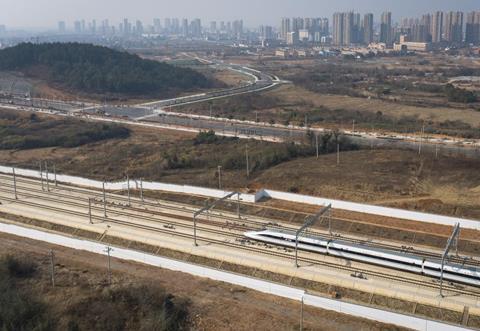
70 000 km target
Having completed its initial high speed grid of four north-south and four east-west corridors, China is pushing ahead with expanding the network to eight corridors in each direction, according to Huang Xin, Director General of CR’s Passenger Department. He told the UIC centenary symposium on December 1 that the country aimed to complete 50 000 km of high speed line by 2025, out of a national network of 170 000 km.
CR’s national railway plan published in 2020 envisages a total network of 200 000 km by 2030, including 70 000 km of high speed line. Huang said high speed trains would serve 98% of cities with a population of more than 500 000, explaining that CR was aiming to create ‘travel circles’ of 1 h to 4 h linking adjacent medium and large cities. Smaller circles of 30 min to 2 h would be developed within the main conurbations, offering ‘smooth connectivity’ with metros and other transport modes.
As part of the programme, the National Development & Reform Commission in December authorised the construction of another 350 km/h line linking Shanghai, Nanjing and Hefei at an estimated cost of 180bn yuan. Requiring 520 km of new construction over seven years, the 555 km corridor will link six existing and 10 new stations, and is expected to carry around 50 million passengers per year.


